Columns
Who counts in #Me Too?
One woman received an outpouring of support, the other continues to fight on her own.
Nisha Shah
Let’s face it: Most women have at least one “me too” story. Worldwide, studies suggest that sexual and gender-based violence affects one in three women in their lifetime; and in Nepal alone, police registered 856 rape cases over the last seven months. While the degrees of trauma and the multiple underlying challenges for every case vary across contexts, at its heart, every "me too" story said out loud is representative of a woman laying her truth bare. But what comes next? And how might context-specific factors—such as one’s caste, ethnicity and social status—affect what follows?
About two months ago, Sushmita Regmi shared her horrific account of rape, assault and abuse in a series of videos posted on TikTok and Instagram. Within hours, her testimony was viewed by thousands of people. Within days, it compelled masses to the streets, with crowds chanting for justice in her name. And within a week, the government of Nepal responded by arresting the rapist named in her case. The public called it “the spark of the second wave of me too in Nepal”.
Different responses
Weeks later, another young woman’s story made the rounds in the media, gathering a very different response. Niharika Rajput, a teen mother, had travelled to Kathmandu from Janakpur in pursuit of justice against Shiva Raj Shrestha, who raped her in 11th grade. Her family abandoned her after she immediately sought legal action and faced death threats from her rapist. She endured judgement by her social community for refusing to abort the child born from rape. For weeks, she staged a fast-unto-death on the streets of Kathmandu, only supported by a handful of women’s activists. I watched her appeal for justice—day after day—often only seen with her baby tugging on her blouse. She told Nepal Live Today, “Until and unless I get justice, I will not leave the street.”
Where one woman received an immediate outpouring of support online and offline, the other continues to fight for justice on her own. Both were young women who were gaslit, coerced and raped. Both used the avenues available to them to issue a powerful plea to the general public. So why are the responses poles apart? To me, these different responses stem from the more significant tendency in Nepal to support privileged and upper caste women who raise their voices about incidents of sexual violence while disproportionately supporting Dalit women, Madhesi women and other disadvantaged women in Nepal when they seek the same social support.
How many Dalit names are recalled in the form of hashtags? How many Madhesi names compel other women to the streets? How many Madhesi Dalit women have entered the public’s frame of reference at all? I could name only a handful. Subina Pariyar puts it best: “Nepal’s feminist movement mostly centres on high-caste, hill, Hindu, elite women. The fact is that so-called high-caste women’s empathy extends primarily to women just like them. Victims do not get as much attention when they find caste, ethnicity, region and language differences.” This lack of attention may primarily be caused by the fact that sexual violence cases in Madhes are barely reported. When cases appear in the media, local outlets often limit coverage. “Madhesi Dalits” are also not a differentiated category in the media—let alone a category that is even specifically considered when reporting—so it makes it even harder to gauge the extent of the issue.
Even when cases are registered in Madhes, often survivors, even from privileged, Brahmin backgrounds, must face their own families, who are often at the forefront of silencing the survivors themselves. Cases are often negotiated within communities in an effort to minimise social risk and reputational damage. These "informal negotiations" sometimes result in compensation amounts being paid to families, and in some cases, the victims are even married to the perpetrator. That is, if women survive the case at all. In many cases, the extreme trauma—both from the case itself as well as the response from the family—causes survivors to commit suicide. Just over a year ago, a 17-year-old girl from Saptari committed suicide after her society barred her from seeking justice after being raped. According to SP Basanta Bahadur Kunwar of the Nepal Police, in Provinces 1 and 2, women are also often murdered after rape. So, in this environment, how can we adequately talk about and address #metoo through an intersectional lens—when being able to say "me too" to begin with—is it a privilege for many women in Nepal?
This question is critical to consider as it represents the current failures of #MeToo and the more significant movement for justice against gender-based violence and sexual assault in countries where gender, caste and class are intertwined. In Nepal, we must consider the role of caste and the other context-specific challenges that every community grapples with if we are to truly address the 20-fold increase in rape cases in the country over the past 25 years. A single-frame push at removing the statute of limitations — only one of the many ways to make anti-rape laws more accessible in Nepal — will not suffice. Eliminating caste-based discrimination must go hand-in-hand with addressing all forms of violence faced by women and girls.
In 2018, I co-wrote "We were sexually harassed by Tribhuvan University Professor", my own me too story. In the piece, a classmate and I detail how our professor, otherwise a leading voice in the fight for equality and equity, particularly for ethnic minorities, sexually harassed us. Our decision to publish the piece, identifying ourselves and the perpetrator was not taken lightly—we were both aware of the potential costs of making this publicly known. But for us, the intention was simple: We were determined to protect other young women from a predator.
Madhesi Dalits
The response continues to haunt me. The person who sexually harassed me told The Kathmandu Post that our allegations were reflective of attempts to “silence the Adivasi Janajati movement”. As poignantly put by Sabin Ninglekhu Limbu: “If we choose to cling on to the false opposition between cases of sexual harassment and the identity movement, we miss the historic opportunity to redress the institutionalised and normalised practices that perpetuate sexist misrecognition of women, of her identity, as subordinates in all areas of society, including within the Indigenous Peoples Movement.” Today, despite more women coming out with their own stories, a professor who has sexually harassed multiple young women continues life without restrictions—even serving as “an esteemed board member” for causes that claim to exist on the platform of social justice.
My experience is clearly the tip of the iceberg. What about justice for sexual harassment and other forms of gender-based violence in Dom, Chhamar and other marginalised groups within the vast and diverse "Madhesi Dalit" umbrella? Nepal’s feminist movement has shown that it is capable of rallying in support of women, now is also a time where this community could mobilise its support towards Madhesi women, and specifically Dalit Madhesi women.




 18.12°C Kathmandu
18.12°C Kathmandu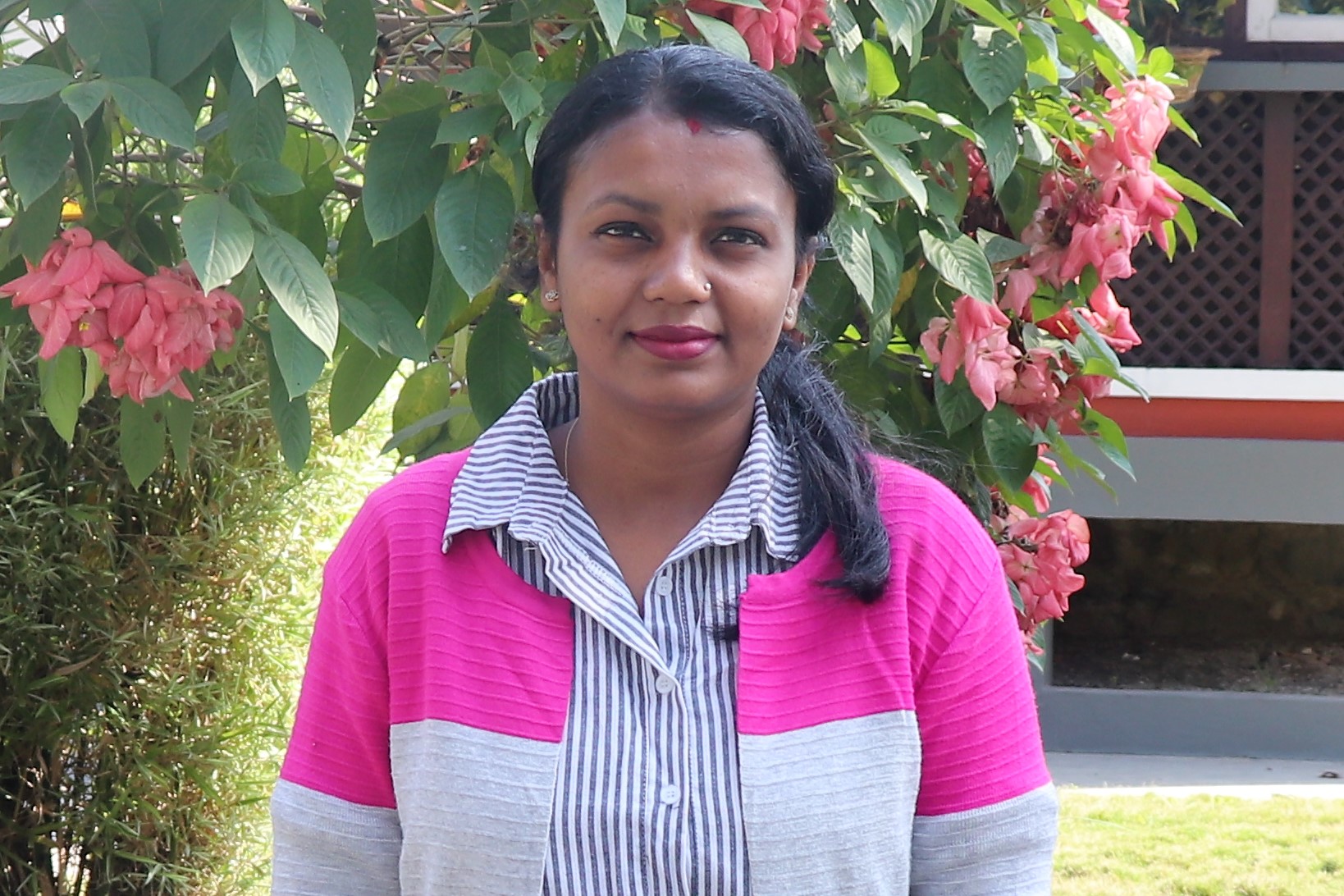

.jpg&w=200&height=120)
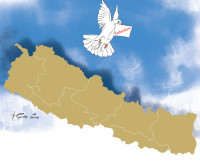
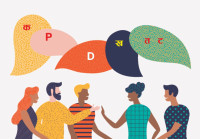

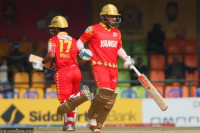




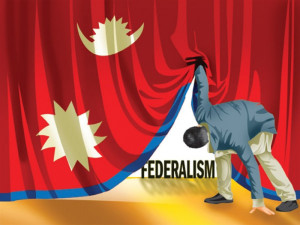


%20(1).jpg&w=300&height=200)

